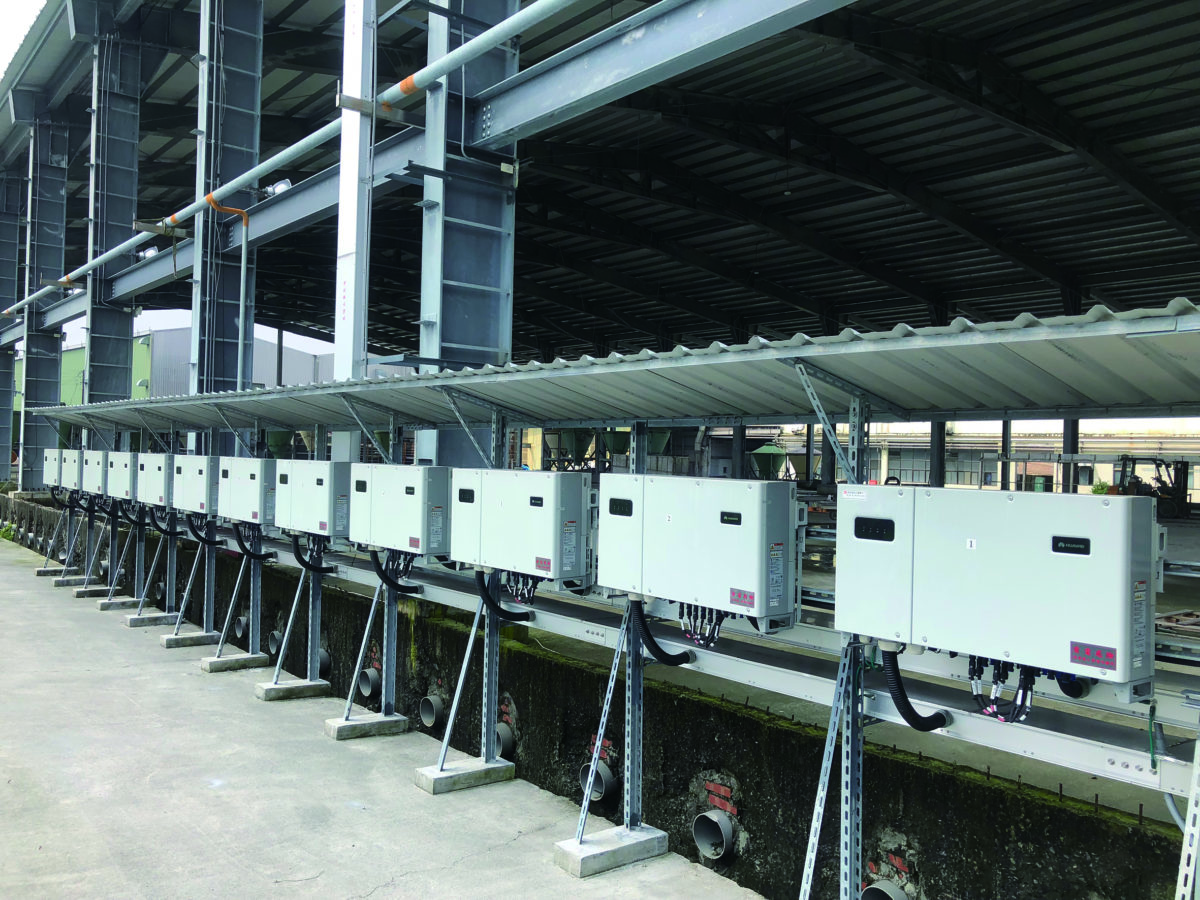Due to significant declines in pricing for solar PV products including cells, modules, and other parts in 2018, grid parity is becoming more and more widespread. What is Chailease’s perspective on the future of Taiwan and Southeast Asian PV markets?
Currently, Taiwan still has a good feed-in tariff (FIT). Even though it’s not as significant as that of mainland China, the profit margins are considerable given declining costs. We take several factors into consideration when assessing investment in PV projects and markets. Taiwan has limited political and financial risks, and solar resources are also pretty good. There are climatic disasters, especially typhoons in the summer, which pose threats for PV projects. But generally speaking, we see a strong prospective PV market for Taiwan [through] 2025.
For Southeast Asia, there are significant differences between each country. Thailand is the best market for our company due to energy costs, sufficient solar resource, and the key: a stable political environment. We have been in the market for a long time, and have strong relationships established with local partners. Malaysia is also a strong market, but energy costs are quite low compared to Thailand due to its richness in oil resources, and it also has a lot of natural disasters.
Vietnam and Cambodia are both potential future markets, but in the current situation, insufficient infrastructure negatively impacts PV investment. We believe that the political and financial risk is pretty high in both the Philippines and Indonesia, so we are very cautious in entering into these markets to do local business. Chailease Energy’s market strategy differs in the various ASEAN countries.
With the rapid growth of Taiwan’s PV industry, can you tell us about the size and scope of the projects that Chailease is developing in the market?
I have to say that as an EPC (engineering, procurement, and construction) provider, Chailease Energy is quite different from other players in the market. Our PV business initiated from our small and [medium-sized] enterprises (SMEs) leasing business which shaped Chailease Group. We don’t have iconic projects to show as other EPCs typically do. Each project we have done is quite small, though not at a residential scale, and dispersed geographically. Dispersing projects helps reduce risk, particularly with climatic factors such as typhoons in Taiwan.
What is your current installed capacity? And in the future, what is the primary target sector for Chailease solar projects?
At the end of 2018, we had a total of 370 MW of PV capacity installed across more than 1,200 projects. This year, we anticipate completing another 400 to 500 projects for an additional 150 to 200 MW of capacity, which will represent a significant increase for us.
In the future, we will consider moving toward working on more utility-scale PV projects. We have a lot of experience in developing PV projects, and we believe we can go bigger and better.
We know Chailease’s FinMart project has been focused on providing investors with a long-term stable return on investment. This kind of project requires a higher degree of quality for all system components. Can you describe Chailease’s quality requirements for components and the inverter?
Since we provide investors a guaranteed return of 20 years, we have very strict requirements about the components used for our PV projects. The most important factor for us is to have a high degree of confidence that the manufacturer will survive for the next 20 years, so that it can continuously serve our projects and investors. Beyond that, we have two other quality requirements that we are looking at.
First, considering the harsh environmental conditions of Taiwan, such as high temperatures, rainstorms and lightning, and typhoons, we want to keep maintenance costs low and need the parts to have the lowest failure rate possible. Second, the efficiency rate should be high and stable.
Chailease has built a number of solar projects and accumulated extensive experience. How does your company go about choosing inverters?
Usually, we have two or three vendors for each component. For example, we team up with inverter manufacturers like Huawei, Delta, and Schneider. We chose Huawei inverters initially for their fanless design. We had many poultry farm projects, and if the inverter had a fan cooling system, this would often get jammed with chicken and duck feathers and particles. Maintenance would be difficult and costly with fans, and there was high risk for the inverter to accumulate heat and burn out. We tested Huawei’s inverters for quite some time and found that their product is extremely suitable for the conditions of PV projects in Taiwan.
Over the last two years working in cooperation with Huawei, we have found that they’re a strong, quality vendor. They produce high quality inverters. Beyond that, they have a great service attitude and are quick to respond. We feel their respect, and that they really understand customer needs.
This content is protected by copyright and may not be reused. If you want to cooperate with us and would like to reuse some of our content, please contact: editors@pv-magazine.com.
